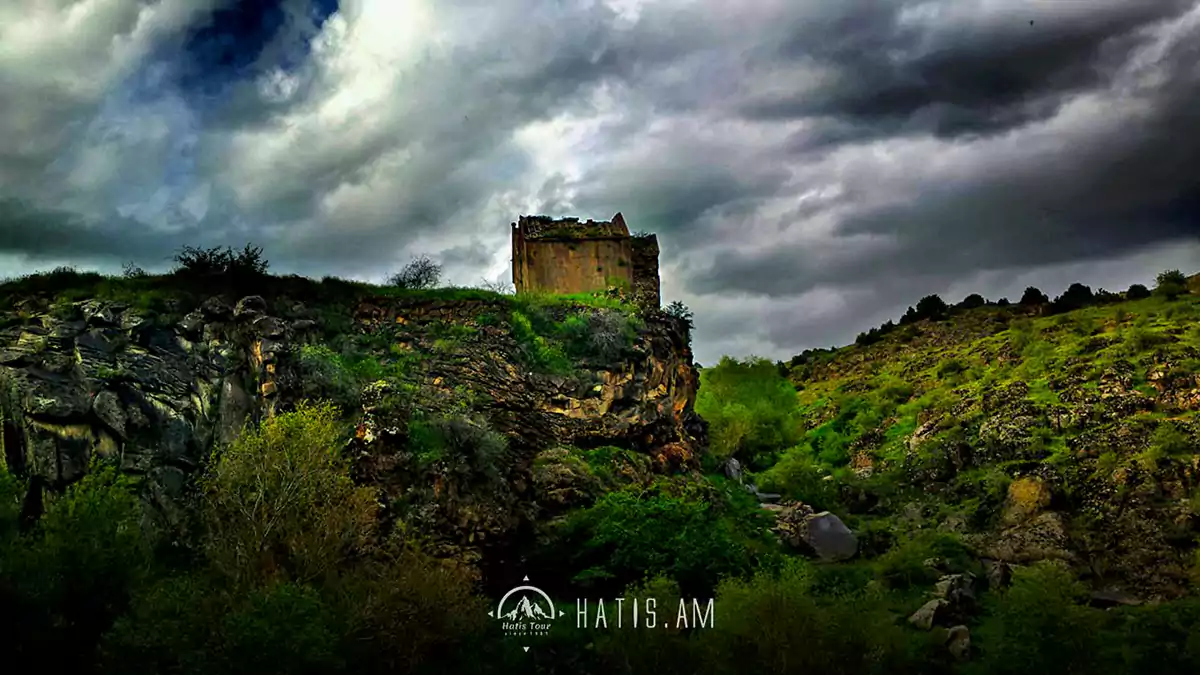.webp)
Monastery Teghenyats 3 km north of the village of Buzhakan, in a wooded area, is the. This is one of the largest medieval Armenian architectural ensembles. The first mention of the monastery dates back to the 20 years of the VIII century. In the X-XIV centuries. It is one of the famous cultural and educational centers. Outstanding scholars Sargis Imastaser (12th century), vardapet Vanakan (13th century), historian Vardan Areveltsi (13th century) taught at the Teghenyats monastery.


.webp)
.webp)
.webp)
.webp)
.webp)
.webp)
.webp)
.webp)
.webp)






.webp)
.webp)
.webp)
.webp)
.webp)
.webp)
.webp)

Leave a comment